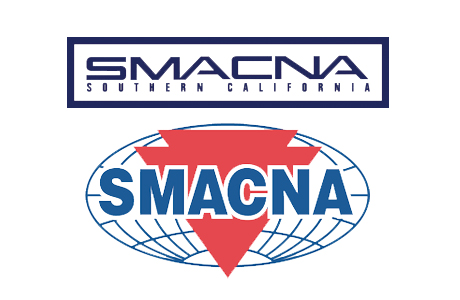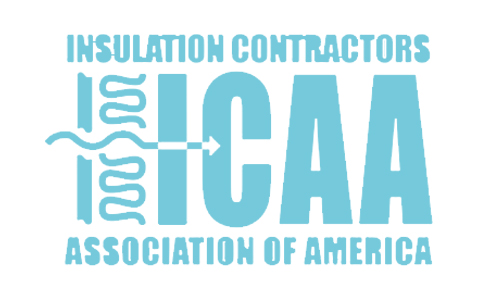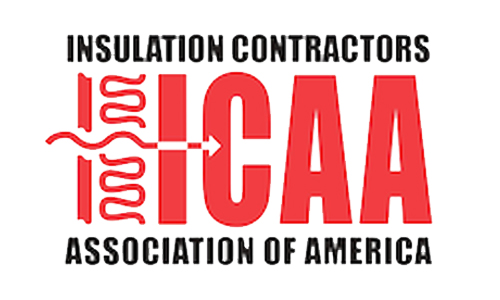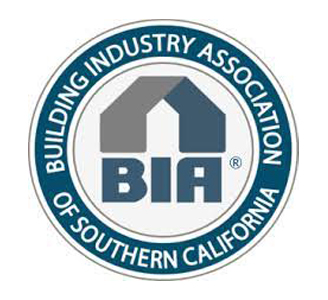Everyone has now heard the popular phrase “show me the money”, coined from the movie Jerry Maguire. Several recent court cases relating to the construction industry have asked contractors to show their license. These cases have demonstrated that without showing evidence of this vital tool, a contractor may have no right to be shown the money. While the now infamous Home Depot case dealing with the Contractors’ State License Board’s classification of the “B” contractor has the Legislature engaged in various battles to “fix” the problems associated with this ruling, the courts have addressed several other significant licensing issues. The courts have recently dealt with the unlicensed contractor’s right to indemnity or compensation other than money, and the narrow legislative test for substantial compliance.
In the case of K & K Services v. City of Irwindale, (1996) 47 Cal.App.4th 818, an unlicensed contractor entered into a contract with the City of Irwindale to fill an abandoned Manning Quarry. Under the contract, the City expected to transform an unusable pit into a flat piece of real property suitable for future development. In exchange for its services, K & K was to receive an exclusive right to fill the property for a period of two years, but no money. After a dispute arose about compaction of the fill, the City removed K & K from the property, and K & K filed a lawsuit seeking its lost profits ($19 million) for the alleged breach by the City.
The City of Irwindale was able to have the lawsuit dismissed after it proved that K & K was unlicensed. In its defense, K & K argued that its lawsuit was not seeking “compensation” but reimbursement for lost profits. Also, K & K attempted to persuade the court that it did not need a contractor’s license because it was performing development services for the City. The appellate court disagreed on both grounds, concluding that compensation included more than just the money to be paid by the City for the work, and that the work of K & K in improving the property fell squarely within the definition of “contractor” as that term is defined at Business and Professions Code section 7026.
In another licensing case, Ranchwood Communities Ltd. v. Jim Beat Constr. Co., (1996) 49 Cal.App.4th 1397, two separate unlicensed developers/general contractors were sued by homeowners associations for construction defects. In turn, the developers/general contractors sued each of their subcontractors for indemnity, negligence and breach of contract. The appellate court concluded that the developers/general contractors could maintain the claims for equitable indemnity and negligence, but not those under the contract (even the right to contractual indemnity was denied). The court reasoned that the indemnity and negligence claims were not seeking compensation for work performed, but for reimbursement of sums the developers/general contractors would have to pay the homeowners as a result of the subcontractors’ defective work. In other words, the court felt that the developers/general contractors should be entitled to spread the costs incurred because of the defective work.
The most recent licensing case interpreted the statutorily created “substantial compliance” doctrine. In the case of Construction Financial LLC v. Perlite Plastering Co., (1997) 53 Cal.App.4th 170, a subcontractor’s lawsuit for collection of money owed for drywall installation was dismissed based on improper licensure. The subcontractor tried to overcome the licensing requirements by claiming that it had substantially complied with the law. The evidence demonstrated that the subcontractor had applied for its license through an employee, but that this employee had taken a leave of absence before the disputed construction project, and actually started working for another company during this time. Even though the subcontractor lost its key employee during the project, it failed to qualify for a license through another individual.
The appellate court analyzed the substantial compliance doctrine as created through Business and Professions Code section 7031, and concluded that the legislature intended only to create a narrow exception to the licensing requirements. That section defines substantial compliance through a three point test, as follows: (1) the contractor was properly licensed during any portion of the 90 days immediately before the performance of the contract upon which suit has been filed; (2) the contractor’s license category was proper for performance of the contract; and (3) non-compliance with the licensing requirements resulted from either inadvertent clerical error or was not the result of the contractor’s negligence.
In the aftermath of Home Depot, the legislative battle rages on regarding how, if at all, this decision should be rectified. At this time, it appears that Governor Wilson will only accept legislation which limits a B contractor’s work on a few safety related subtrades. On a separate front, the state courts are resculpting the licensing laws in relation to a contractor’s right to compensation for his/her work. From a lawyer’s perspective, the importance of obtaining and maintaining the appropriate contractor’s license cannot be stressed enough. All too frequently, contractors have valid claims for compensation dismissed due to licensing problems. So don’t be surprised if you are asked to show your license before anyone agrees to show you the money!
This article is intended to provide the reader with general information regarding current legal issues. It is not to be construed as specific legal advice or as a substitute for the need to seek competent legal advice on specific legal matters.


















